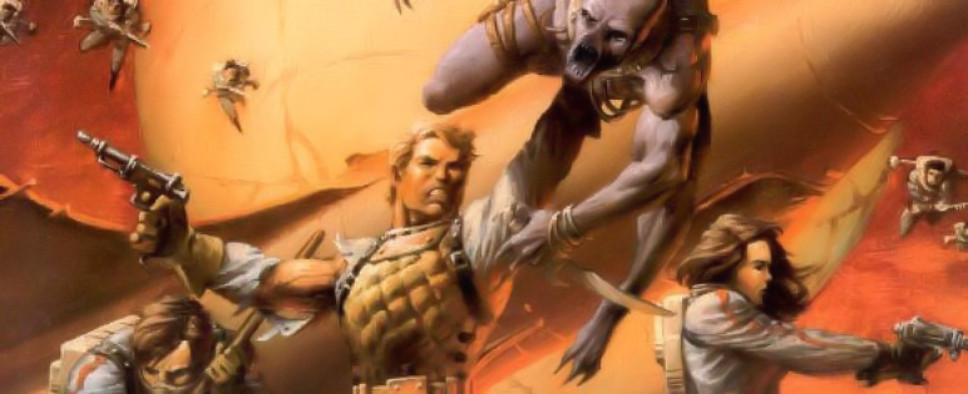Buck Rogers: Countdown to Doomsday Retrospective
-
Category: News ArchiveHits: 1180

Earlier this year, Matt Barton spent some time with SSI's sci-fi RPG Buck Rogers: Countdown to Doomsday during one of his Matt Chats. And if you wouldn't mind reminiscing about this obscure classic a bit more, you can now check out this Eurogamer retrospective dedicated to it, and in particular, its Sega Genesis (Mega Drive) port.
Here's a couple of paragraphs to get you started:
Yet while Countdown could be construed as a 'mere' port, there was still a lot of work to do, as Van explains. "While a lot of art existed and was touched up, new art was required such as console specific icons replacing text navigation. Laura Bowen created the new icons, Maurine Starkey provided some new images and Cyrus Lim created the new space battle UI." In addition, the story and design team, Rhonda Gilbert and Dave Shelley, had to ensure the scripts ported correctly, updating them to brand new Mega Drive-specific missions. Also new was a baroque soundtrack from Jon Medek and, of course, the streamlining of the game's viewpoint.
The concept of Countdown's continual isometric view was the brainchild of the game's lead programmer, Michael McNally. "I added an isometric view - it surprised the product manager and was a total shock when I showed it to the unsuspecting team," he explains. "I said, 'Look guys, we can reuse the combat view for navigation...'. But they liked it, although it forced the artists to add a few more tile types for the wall joins."
The art team now had to work on making the two modes - exploration and combat - visually distinct. Logos, pipes, computers and more pepper the main game while combat mode dispenses with all of these embellishments in order to focus on the battle. "This was a huge change," remembers Van. "We had lots of bugs to fix at the very end! But I think that work was definitely worth it as the isometric view is more immersive." However, not everyone agreed at the time. "I was not convinced it would work in the changing of player movement from first-person to third-person," says Wahl. "But I think now that it works. Sometimes, you want to look at what's on the left side of the hidden wall, but in the end you quickly learn to rely on what the text description informs you."

